Kelp Benefits
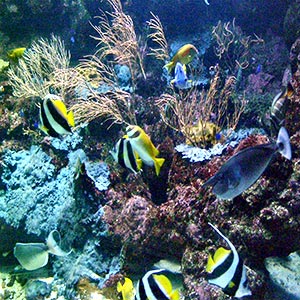
A major source of iodine, kelp is a seaweed/sea vegetable. Kelp grows in underwater forests in shallow oceans. It is harvested from rocky ocean shores across the world. Kelp is large seaweeds that belong to the family of brown algae. It is a rich source of minerals like potassium, calcium, magnesium, iron, etc.
Kelp has no roots and does not resemble plants that grow on land. Kelp anchors itself to the bottom of the ocean by an anchoring process called holdfast. However kelp does not absorb nutrients as roots do from the soil.
The leaves of kelp are called blades and the stem is known as stipe. The air bladders that are attached to the base of the blade help to keep the plant afloat and grow upward towards sunlight. Giant kelp can grow up to 150 feet long. Different types of kelp grow in different parts of the world.
Today the power of kelp has been marketed in tablets, liquid, powders and capsules. Kelp can be consumed as a supplement after prior consultation with a physician. Kelp in its natural form can be used as a vegetable. It can be cut with scissors and can be used in salads, stir fried vegetables etc.
Kelp benefits
Kelp is a good nutritive supplement as it is a storehouse of nutrition. Kelp helps to regulate the thyroid gland as it is rich in iodine. People with iodine deficiency can reach out to kelp supplements to help balance and regulate iodine in the body. Kelp is alkali rich and thus balances the acid-alkaline proportion in the body thereby maintaining the pH level of the body.
- Kelp increases the overall energy levels of a person
- Controls appetite
- Improves digestion
- Lowers cholesterol in the body
- Boosts immunity
- Kelp is a natural diuretic
- Strengthens nails
- Improves hair growth
- Kelp has natural antibiotic properties and helps fight against cold, flu, sinus, etc
- Kelp offers anti-inflammatory properties as it contains the sulfated carbohydrate molecule fucoidan, a potent anti-inflammatory.
- It is rich in antioxidants
- It has cancer fighting properties
- Reduces the risk of strokes and heart diseases
Japanese women who have traditionally eaten kelp regularly are noticed to have lower rates of ovarian, breast and endometrial cancer. Kelp was noticed to possess phytoestrogen properties and helped lower estradiol levels in women. Kelp is not suitable for those who often suffer nausea or diarrhea. Pregnant women must avoid kelp.
Kelp recipes
Kelp cookies
Margarine 1 cup
Powdered kelp 1 teaspoon
Almond flavoring 1 teaspoon
Vanilla 1 teaspoon
White sugar 1 cup
Brown sugar 1 cup
Flour 3 cups
Baking soda 1 teaspoon
Eggs 2
Salt 1 teaspoon
Mix margarine, sugar, vanilla, eggs and almond flavoring in a large mixing bowl. In another bowl, mix the kelp, flour, salt and baking soda. Combine the ingredients of both the bowls and mix well. Spoon the dough little by little in desired shapes onto greased baking sheet. Bake at 400 degrees for about 8 minutes. Cool them on wire racks. Store the cookies in an airtight container.
Kelp salad
Kelp ½ cup chopped
Cucumber 1, sliced thin
Scallion 1, chopped fine
Sesame seeds 1 teaspoon
Coconut sugar ½ tablespoon
Rice vinegar 1 tablespoon
Sesame oil ½ tablespoon, toasted
Cut kelp into 4-6 inch pieces using scissors (kelp tends to expand 5 times its original weight). Rinse well. Soak overnight for 8-10 hours. Rinse again before adding it to the salad. In a bowl, mix the kelp, cucumber, vinegar, coconut sugar, and oil thoroughly. Allow it to marinate for 20 minutes. Top with scallion and sesame seeds.
Kelp soup with miso
Bring water to a boil. Add vegetables like celery, onions, carrots and kelp. Cook till tender. Add miso softened with stock. Serve after about 10 minutes.
Top of the Page: Kelp Benefits
Tags:#kelp #kelp recipes #kelp iodine #kelp benefits
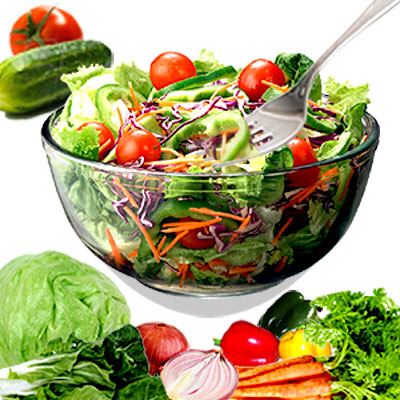 Food and Nutrition Facts
Food and Nutrition Facts Chamomile
Parsnip Soup
Dim Sum
Gazpacho Soup
Whole Grain Cereal
Jicama Nutrition
Bok Choy Stir Fry
Chia Seeds Benefits
Teff Nutrition
Kaniwa
Flax Seed
Wheatgrass Benefits
Kelp Benefits
Types of Chili Peppers
Medicinal Benefits of Pomegranate
Arugula Leaves
Maca Root
Pitaya Fruit
Benefits of Celery
Leek
Asparagus Benefits
Oyster Stew
Oyster Mushroom
Lupin Beans
Quinoa
Freekeh
Extra Virgin Olive Oil
Dill Pickle
Sauerkraut
Fat Burning Foods
Nutrition Chart
Food Combining
Calorie Counter
calories ...
Non Alcoholic Beverage
Punch Recipes
Food Label Nutrition
Homemade Sausages
Cooking Steak
Eating on a Budget
Budget Friendly Recipes
Quick Recipes
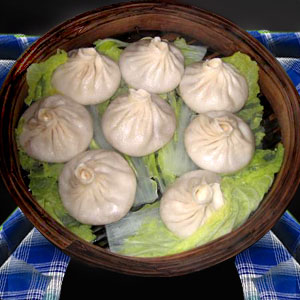 Healthy Packed Lunch
Healthy Packed Lunch Overnight Oats Recipes
Eggplant Casserole
Brunch Recipes
Burrito Recipes
Muffin Recipes
Cupcake Frosting
Apple Crisp
Stir Fry Cooking
Seafood Salad Recipe
Cooking Corn on the Cob
Finger Food Recipe
Sandwich Recipe
Bread Stuffing Recipes
Easy Chili Recipes
Picnic Recipes
Edible Mushroom Recipes
Mushroom Soup Recipes
Dip Recipe
Tapas Recipe
Corned Beef Recipe
Canned Salmon Recipe
Tilapia Recipes
Crumb Cake
Flourless Chocolate Cake
Regional Food
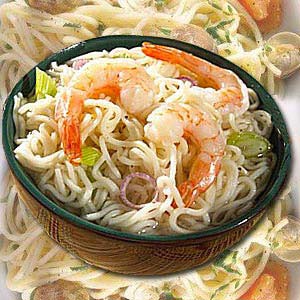 Lasagna Recipe
Lasagna Recipe Peruvian Ceviche
Chinese Food Recipe
Vietnamese Food Recipe
Malaysian Food
Korean Food Recipe
Indian Curry Recipe
Edible Rice Paper
Mexican Food Recipe
Quesadilla
Guacamole Dip
Italian Food Recipe
Spanish Food Recipe
Kosher Food
Falafel Recipe
Tandoori Chicken
Noodles
Canape
Couscous
Meatloaf
Chowder
Gumbo Recipe
Crockpot Recipes
Moroccan Food
Healthy Food
Pre Workout Snack
Matcha Tea
Simple food Swaps to Lose Weight
Foods to Beat Stress
Foods to beat Insomnia
Bone Density Foods
Prebiotic Foods
Kefir Grains
Agave Nectar
Spicy Trail Mix
Pesto Sauce
Homemade Hummus
Crab Cake Sauce
Bamboo Shoots Nutrition
Lemon Grass Plant
Butter Beans Recipes
Loose Green Tea
Seaweed Nutrition
Healthy Food
Low Fat Granola Bar
Steel Cut Oatmeal
Fruit Pizza
Pizza Toppings
Green Smoothie
Healthy Meal Planning
Delicious Mealtime Recipes
Heart Healthy Fats
Healthy Heart Recipe
Healthy Dinner Recipe
Healthy Dessert Recipe
Healthy Fast Food
Healthy Kid Recipe
Probiotic Food
Diabetic Friendly Foods
Fruit Salad Recipe
Bread Pudding
Tofu Recipe
Oat Bran
Broccoli Salad
Avocado Recipe
Iron Rich Food
Brain Foods
Antioxidant Food
Natural Diuretic
Low Fat Cooking Tips
Rice Pilaf Recipe
Low fat Chicken Recipe
Food Tips
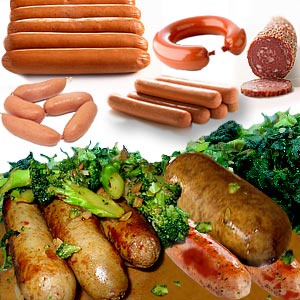
Sous Vide Cooking Technique
Natural Sugar Substitute
Stevia Sugar Substitute
Sunflower Seeds Nutrition
Bouquet Garni
Cake Decorating Tips
High Satiety Foods
Thanksgiving Dinner
Safe Food Storage
Frozen Food Storage Tips
Cold Storage Food Tips
Leftover Recipe
Food Pyramid
Dairy Free Food
Microwave Cooking
Food Intolerance
Homemade Ice Cream
Apple Cider Vinegar
Benefits of Honey
Beverage Cooler
Food Poisoning Symptom
Food Allergy Symptom
Food Addiction
Top of the Page: Kelp Benefits
Popularity Index: 101,661

